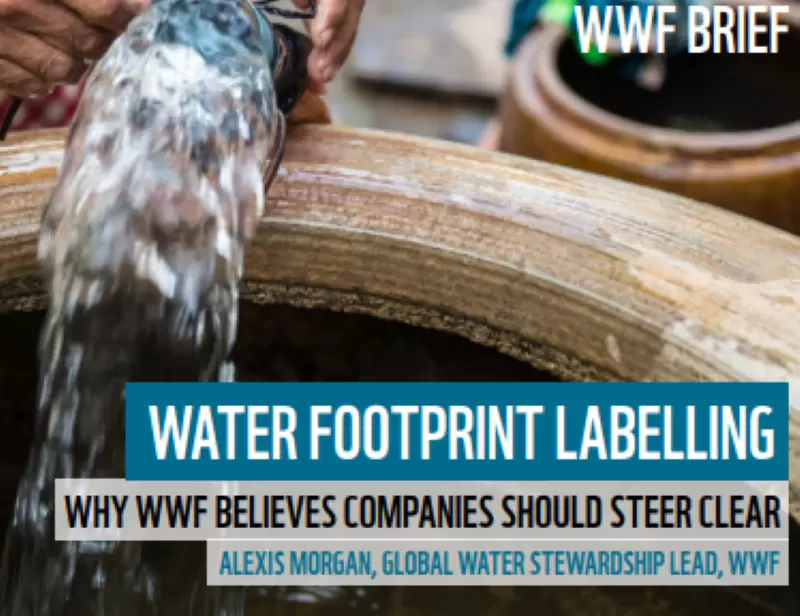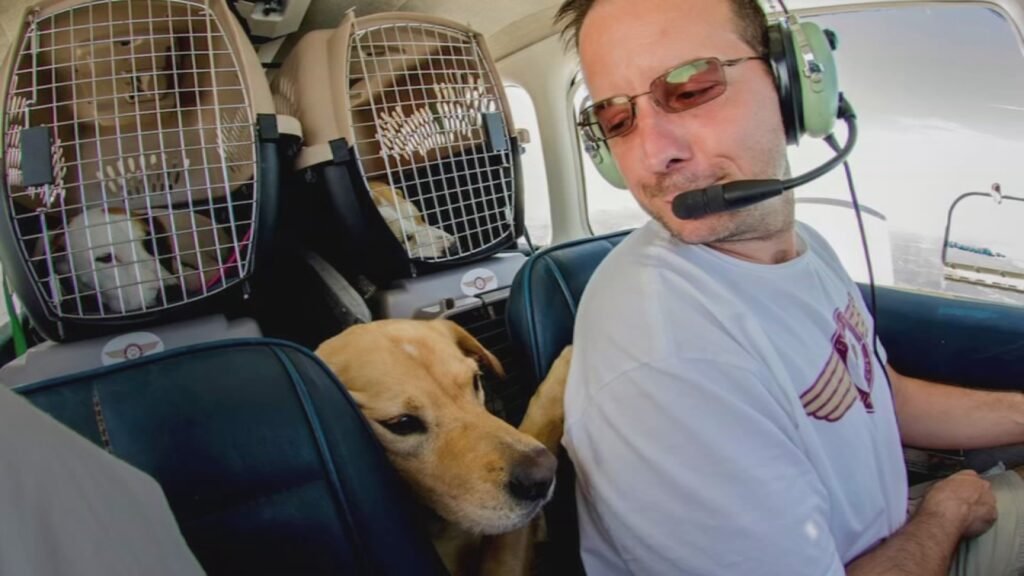On the surface the reason for labelling a product with ‘water footprint’ information is simple: Give consumers informationabout how much water (embedded water) it took to create a given product to empower them to choose between product Avs. product B to ‘minimize (embedded) water use. But it’s far more complex than that.
Credible methods (Water Footprint Network, ISO 14046, etc.) and databases exist and these can deliver, with a reasonablelevel of confidence, water footprint data for various agricultural (and even non-agricultural) commodities and products.Meaning it is feasible to attach water footprint information, or other product labels (e.g., certification such as AWS),to relatively simple products (i.e., an apple). However, attaching a water footprint label to more complex products (i.e.,pancake mix) that are composed of multiple ingredients (many of which are sourced from global markets and opaquesupply chains) is far more complicated and would change which every batch.
Just because water footprint labelling can be done does not mean it should be done.
Put simply: pursuing water footprint product labelling is, at best, misleading and confusing to consumers and, at worst, areputational liability for the company deploying it.WWF’s strong recommendation tocorporate partners is: don’t do it.
Read WWF’s briefing to find out why
Ultimately the question that companies interested in labelling – be it water footprinting or other sustainability standards –need to ask themselves is “why”?
If the rationale for labelling is consumer awareness, then there are many ways to tell thestory of water. If the driver is investor pressure, then develop a stronger water strategy linked to opportunity and businessgrowth. If it is about supply chain management, then consider other options to strengthen sites on water stewardship suchas AWS.
In our experience, rarely will labelling be the easiest, best approach, so consider all of your options before youproceed.
Credible methods (Water Footprint Network, ISO 14046, etc.) and databases exist and these can deliver, with a reasonablelevel of confidence, water footprint data for various agricultural (and even non-agricultural) commodities and products.Meaning it is feasible to attach water footprint information, or other product labels (e.g., certification such as AWS),to relatively simple products (i.e., an apple). However, attaching a water footprint label to more complex products (i.e.,pancake mix) that are composed of multiple ingredients (many of which are sourced from global markets and opaquesupply chains) is far more complicated and would change which every batch.
Just because water footprint labelling can be done does not mean it should be done.
Put simply: pursuing water footprint product labelling is, at best, misleading and confusing to consumers and, at worst, areputational liability for the company deploying it.WWF’s strong recommendation tocorporate partners is: don’t do it.
Read WWF’s briefing to find out why
Ultimately the question that companies interested in labelling – be it water footprinting or other sustainability standards –need to ask themselves is “why”?
If the rationale for labelling is consumer awareness, then there are many ways to tell thestory of water. If the driver is investor pressure, then develop a stronger water strategy linked to opportunity and businessgrowth. If it is about supply chain management, then consider other options to strengthen sites on water stewardship suchas AWS.
In our experience, rarely will labelling be the easiest, best approach, so consider all of your options before youproceed.


